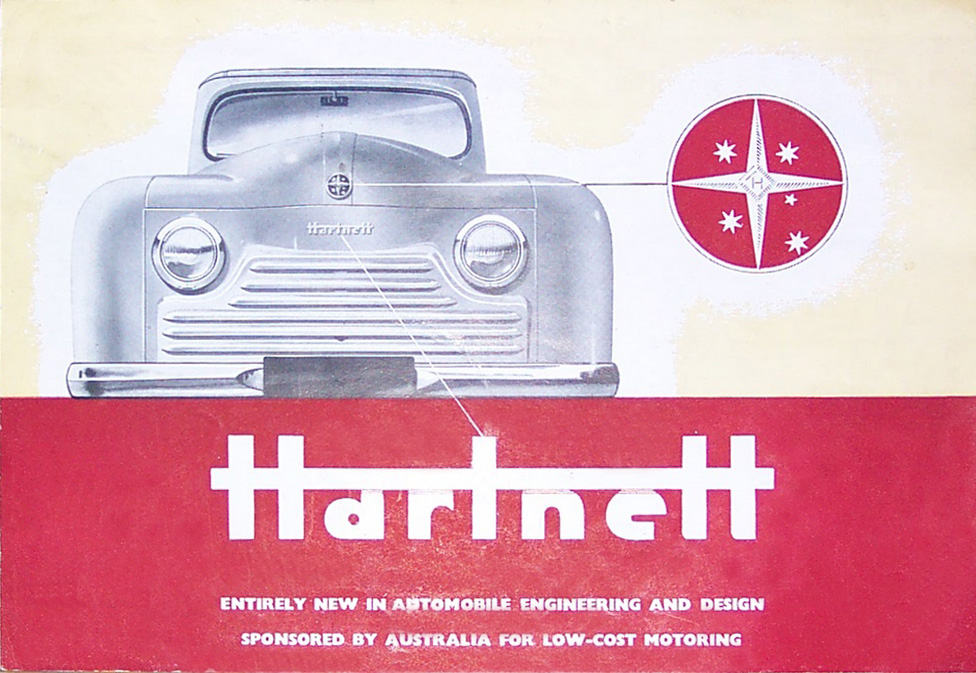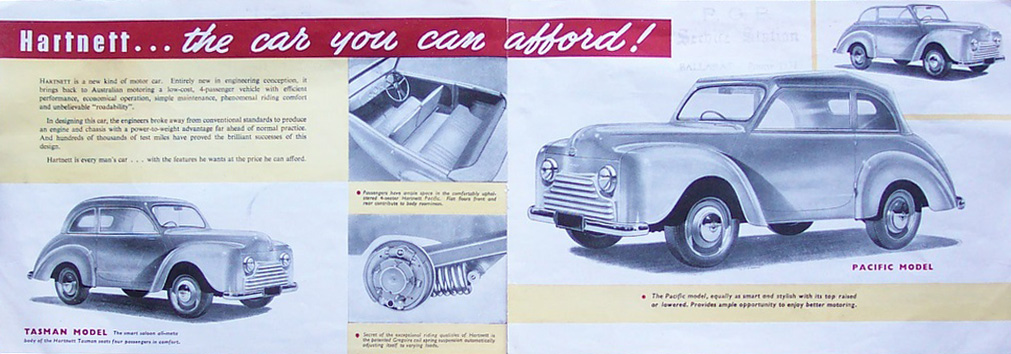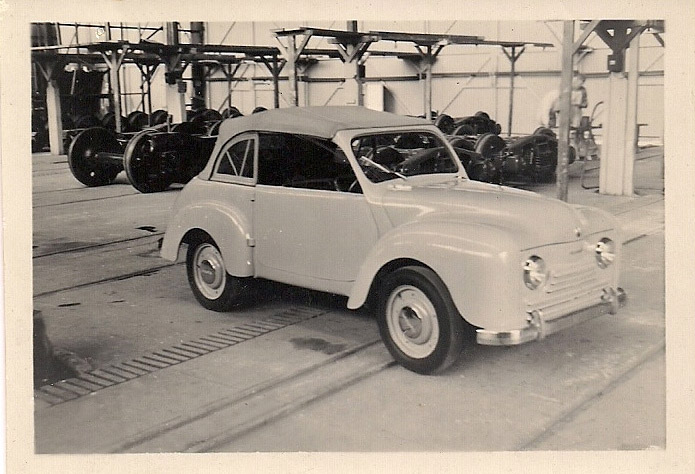Sir Laurence John Hartnett was brought to Australia in 1934 by General Motors to head up its Australian subsidiary General Motors Holden (GMH), which it had acquired in 1931.

GMH was performing poorly, and Hartnett’s brief was to either turn around the floundering business or close it down.
Hartnett successfully turned around the fortunes of the local subsidiary, and in 1936, Hartnett instigated plans for production of an Australian car- these plans finally came to fruition in 1948, with the introduction of the Holden.
Father of the Holden.
After the War, Hartnett returned to GMH and continued to pursue the goal of producing an Australian car. This involved compromise with General Motors in Detroit, as Hartnett favoured development of a local design, while Detroit preferred to see a US design as the basis for “Australia’s Own Car”. Ultimately, shortly before the launch of the Holden in 1948, Hartnett resigned from his position as Managing Director of GMH.
Life after GMH.
Hartnett continued to make important contributions to Australian motoring after he left GMH. He instigated an ambitious venture to build a uniquely Australian car (based on a Gregoire design). This car was front wheel drive, with a 600cc flat twin engine. The venture failed, after problems with the supplier of the aluminium body panels. Approximately 120 cars were produced between 1949 and 1955, and few of these survive today.
Then, in 1957, he was involved in production of the Lloyd-Hartnett car, based on a German design. This venture also experienced misfortune, as Borgward, the German supplier of parts for the car suffered financial problems.
(This article is licensed under the GNU Free Documentation License. It includes content from this Wikipedia article.)



